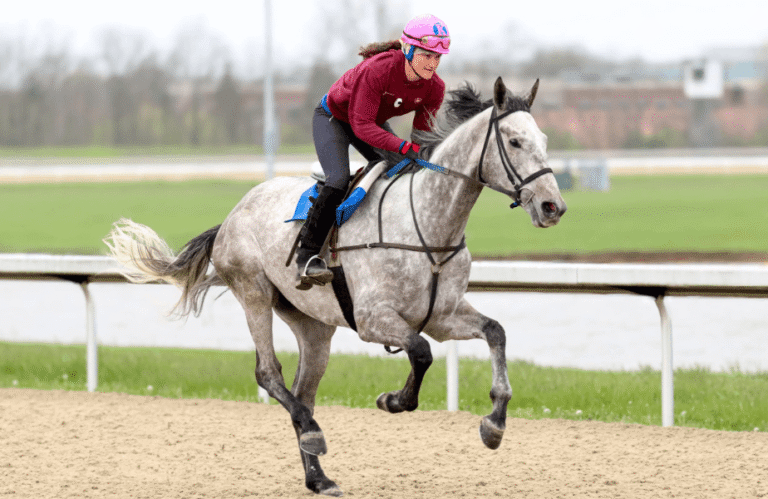Horse racing tracks are engineered with precision to enhance equine performance. Key factors include the selection of surface materials that optimize traction and shock absorption. The design of curves and turns is critical, incorporating specific banking angles to facilitate high-speed navigation. Furthermore, effective drainage systems are essential for maintaining optimal moisture levels. These elements converge to create an environment that maximizes speed and safety, prompting an exploration of how these features interact to influence race outcomes.
The Importance of Track Surface Materials
The choice of track surface materials plays a critical role in the performance and safety of both horses and jockeys in horse racing.
Various track material types, such as dirt, synthetic, and turf, influence surface consistency, impacting traction and shock absorption.
An optimal surface fosters freedom of movement, allowing horses to perform at their peak while minimizing the risk of injury for both equine athletes and riders.
Designing Curves and Turns for Optimal Speed
Effective design of curves and turns is essential for maximizing speed and ensuring safety in horse racing.
Optimal banking angles enhance stability, allowing horses to maintain higher velocities through turns. Additionally, careful consideration of turn radii minimizes lateral forces, enabling smoother transitions.
See also: How Horse Racing Tracks Are Built for Maximum Speed
Drainage Systems and Their Impact on Performance
While the design of a horse racing track often focuses on curves and surface materials, an equally critical aspect is the effectiveness of its drainage systems.
Efficient water management directly influences soil composition, affecting traction and speed. Advanced drainage techniques ensure optimal moisture levels, preventing both waterlogging and dryness, thereby enhancing performance.
Ultimately, strategic drainage design is essential for maximizing competitive outcomes on the track.
Safety Features and Innovations in Track Design
Numerous advancements in safety features and innovations have transformed modern horse racing track design, prioritizing the welfare of both horses and jockeys.
Enhanced safety standards incorporate innovative technology, such as cushioned surfaces and impact-absorbing barriers, mitigating injury risks.
Additionally, real-time monitoring systems provide data analytics for track conditions, ensuring a secure environment that supports the freedom of both equine athletes and their riders during competitive events.
Conclusion
In conclusion, the design of horse racing tracks embodies a harmonious blend of material science, engineering precision, and safety innovation. By selecting optimal surface materials, crafting curves and turns for speed, and implementing advanced drainage systems, track designers create environments that enhance performance and protect participants. Through continuous advancements in these areas, the racing industry not only prioritizes the welfare of horses and jockeys but also pushes the boundaries of competitive excellence, ensuring a thrilling experience for all.
